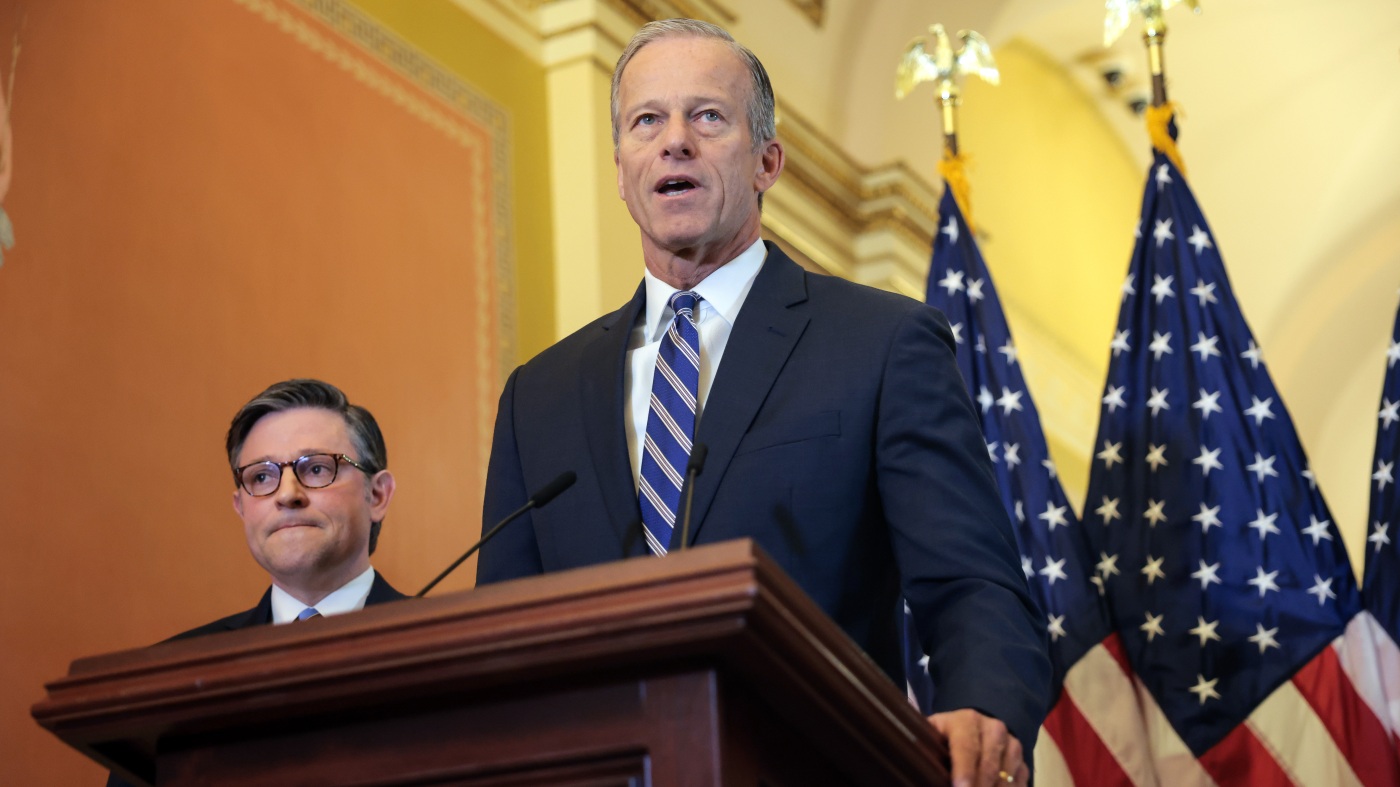WASHINGTON, D.C. – Senate Republicans have unveiled an updated version of their expansive spending and tax cut legislation, aiming for a Senate vote before their self-imposed July 4 deadline.
The bill, which incorporates much of President Trump’s domestic agenda, mirrors many policies from the House-passed version in May. Key elements include extending Trump’s 2017 tax cuts and boosting funding for border security, defense, and energy production.
Breaking: Senate Prepares for Weekend Vote
Republican leaders anticipate initiating votes on the measure this Saturday. The process will involve a series of amendments potentially extending into Sunday, leading to possible further modifications.
While the legislation maintains similar priorities to the House bill, it proposes a higher debt limit increase and significant Medicaid changes, highlighting internal GOP disagreements on funding these priorities.
Key Statistic: The Senate bill proposes a $5 trillion debt ceiling increase, compared to the House’s $4 trillion.
Immediate Impact: GOP Divisions Surface
Senate Parliamentarian Elizabeth MacDonough has advised removing provisions that don’t qualify for a simple majority under reconciliation, adding another layer of complexity.
Fiscal hawks within the party express concerns over deficit impacts, while others resist cuts to social safety net programs. Senator Rand Paul has vowed to oppose the bill over borrowing limit issues.
Key Details Emerge: Tax Incentives and Debt Ceiling
The Senate bill incorporates several of President Trump’s tax promises, such as allowing deductions for tip wages and overtime pay through 2028, with income-based limitations not present in the House version.
Child tax credits and standard deductions see adjustments, with notable differences from the House plan. The Senate’s debt ceiling proposal marks a significant increase, crucial for preventing potential default risks.
By the Numbers: Without Congressional action, the U.S. risks default between mid-August and September, warns the CBO.
Industry Response: SNAP Reforms and Border Security
Both chambers propose SNAP reforms, with the Senate emphasizing expanded work requirements and state cost-sharing adjustments effective in 2028.
Border security allocations remain consistent, with $46.5 billion earmarked for completing the border wall and additional funds for Customs and Border Protection and broader security measures.
What Comes Next: Immigration Fees and AI Regulation
The Senate bill introduces new immigration fees, mirroring the House’s approach, but excludes a $1,000 asylum application fee following parliamentary review.
AI regulation sees a unique approach, with funding tied to a decade-long moratorium on state-level regulation, echoing the House’s stance.
Expert Analysis: “The bill’s AI provisions could stifle state innovation,” warns tech policy expert Jane Doe.
Background Context: Student Loans and Pell Grants
The Senate plan aligns with the House on student loan overhauls, eliminating several repayment options and introducing a new “Repayment Assistance Plan.”
Divergences appear in Pell Grant eligibility, with the Senate maintaining current enrollment rules, unlike the House’s proposed changes.
Future Implications: Senate and House Reconciliation
The Senate’s passage of the bill would set the stage for a challenging reconciliation process with the House, where a narrow majority could complicate agreement on final terms.
As negotiations continue, the legislative landscape remains fluid, with potential last-minute adjustments influencing the bill’s trajectory.
Timeline of Events: Final negotiations and amendments are anticipated up until the Senate vote, with ongoing updates expected.
The developments surrounding the GOP megabill underscore the intricate dynamics within the party, as lawmakers navigate fiscal priorities and political pressures.
